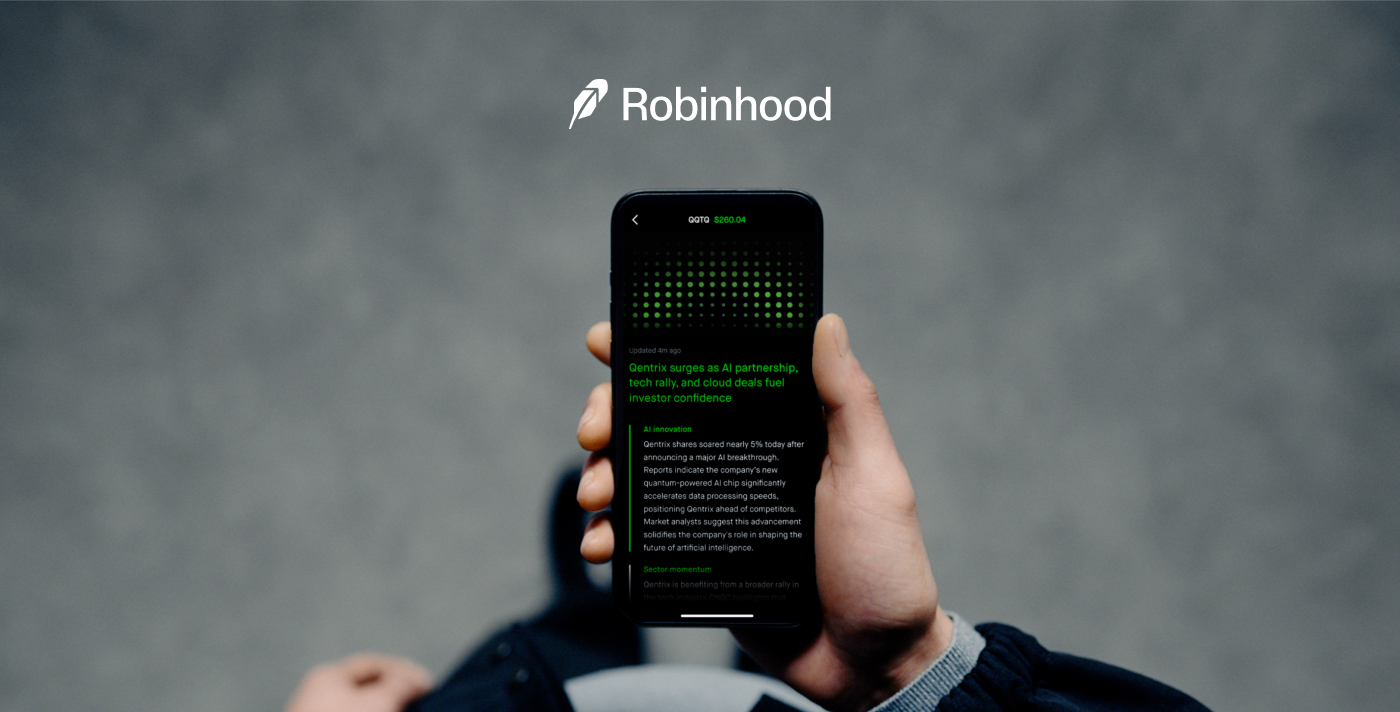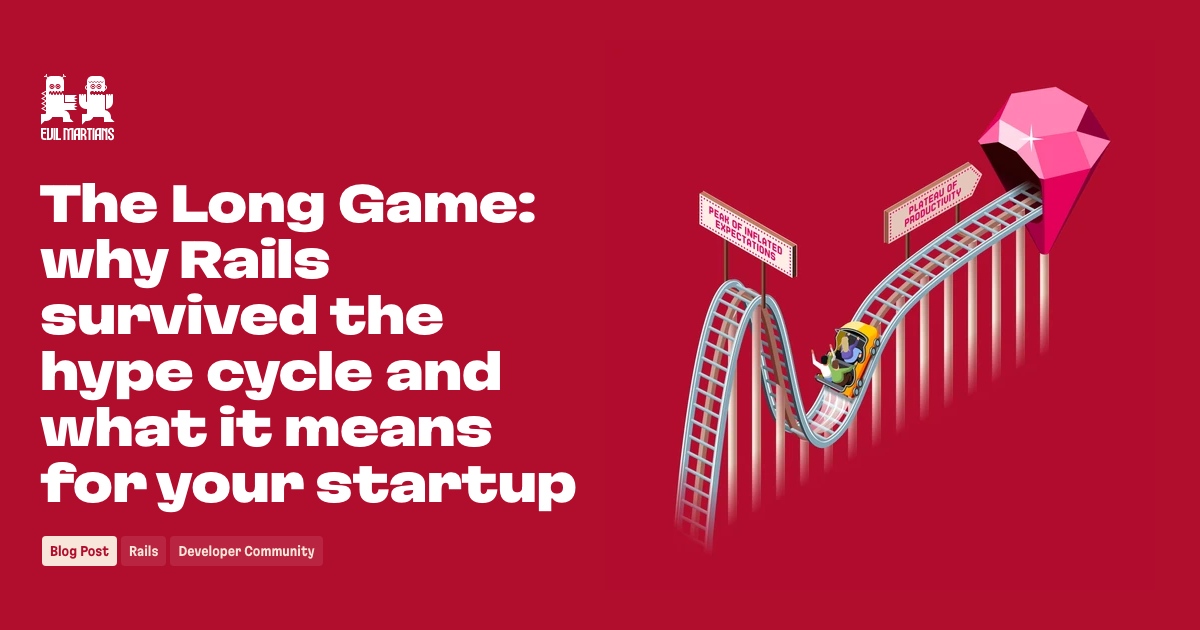AI isn’t just a tool—it’s a powerful collaborator that helps reduce friction, automate mundane tasks, and unlock deeper focus for meaningful work. It’s core to how we operate at Dropbox, especially for our engineers. But AI adoption didn’t happen overnight. While there were early adopters who were enthusiastic about AI’s potential, many of our developers didn’t see enough value in incorporating AI into their daily workflows—at least not at first. Things began to shift in early 2025. Through a combination of strong leadership alignment, intentional deployment, and a growing culture of knowledge-sharing across our org, Dropbox saw AI usage among our engineering teams jump to over 90% this year—surpassing adoption across many of our industry peers.
In this Q&A, Chief Technology Officer Ali Dasdan and Senior Director of Engineering Productivity Uma Namasivayam share how Dropbox approached AI adoption not just as a tool for automation, but as a catalyst for rethinking the entire software development lifecycle—from onboarding and experimentation to internal innovation.

Dropbox Dash: Find anything. Protect everything.
Find, organize, and protect your work with Dropbox Dash. Now with advanced search for video and images—plus generative AI capabilities across even more connected apps.
How is Dropbox using AI to boost productivity, and how does that tie into your leadership vision and product roadmap?
Ali: Productivity is fundamental to success. That means using every tool available—especially AI. For engineers, this means shifting time from meetings to coding, and AI plays a huge role. It helps automate everyday tasks like writing code, conducting code reviews, generating tests, debugging, and even resolving incidents. Even at the individual level, the benefits are clear. For instance, AI reduces the friction of getting started—like writing a test—and allows for exploration and ideation. We began with coding tools, and now we’re expanding to more areas. That expansion is part of what’s driven our AI tooling adoption to over 90% of our engineering org.
Where did Dropbox begin its journey with AI developer tooling?
Uma: Earlier this year, usage was pretty spotty. We actually first introduced GitHub Copilot back in late 2023, right around the time the models started becoming powerful. But engagement was limited and we maintained low double-digit adoption through 2024. Some engineers were excited, but many just weren’t seeing enough value to make it a regular part of their workflows. We heard some curiosity, but also uncertainty and friction—which makes today’s adoption rate even more meaningful.
What changed to make adoption stick?
Uma: The turning point was strong leadership alignment. Embracing AI tooling became a company-level engineering priority, and that clarity helped create real momentum. But vision alone wasn’t enough. Early on, adoption challenges were clear. Some engineers didn’t trust the output quality, some didn’t know how to use the available tools, and many just didn’t know where to start. We tackled those challenges head-on.
We approached the rollout through three high-level workstreams: evaluation and adoption of AI tools, exploration of internal AI tools, and executing a company-wide change management plan. With the incredible pace of advancements in recent months, it was imperative that we constantly evaluate new options to ensure our engineers had access to the best tools for their needs. At the same time, we also launched internal efforts to build in-house tools that not only better fit the needs specific to Dropbox, but also strengthen our engineering muscle on AI-related development.
How did you measure progress, and what role did culture play in reaching 90% adoption?
Uma: We’ve only just begun on our AI transformation journey, but we’ve gathered some valuable insight from our initial rollout. True culture change happens when engineers learn from each other and share their successes, which is the only way we can truly scale our adoption and engagement efforts.
To make sure progress was real and not just anecdotal, we executed on a highly coordinated change management plan that involved tracking and sharing metrics, training and enablement initiatives, and a comprehensive comms plan to set clear expectations. The combination of all these workstreams was vital to ensuring our adoption efforts were grounded in listening to developer feedback and providing the necessary support to ensure a smooth adoption journey.
How is Dropbox approaching the balance between building internal AI tools and leveraging external solutions like GitHub Copilot? What’s our strategy for integrating both?
Ali: Our focus is on solving real problems. If a third-party tool works well, we prioritize access and adoption. But where third-party tools fall short, like in code reviews or incident debugging, we’ve developed internal solutions using foundation models as a base. We’ve already built custom tools for migrations, testing, and debugging. These internal builds have been critical to driving our current adoption because they fill the gaps where external offerings couldn’t meet our needs.
Uma: Experimentation is key, but so is impact. We evaluate tools not just on whether people use them, but on whether they measurably improve developer productivity metrics such as development velocity and developer experience sentiment. If a tool delivers on those outcomes, we’ll scale it. If not, we pivot. That standard applies to both our own tools and vendor-provided ones—partners need to clearly demonstrate the value and business impact of their solutions. In a fast-moving market, that bar keeps everyone focused on delivering results that matter.
AI coding assistants have been a major focus in the tech industry, and they were a priority within your AI adoption roadmap when you joined Dropbox. Now that adoption is high, how are you thinking about AI’s potential across the organization?
Ali: We started with AI-powered coding assistants because that’s where the quickest wins were—writing and reviewing code, generating tests, and supporting debugging. But our vision goes beyond that, and we’re expanding AI’s role across the entire software development lifecycle. For example, we’re now using AI tools to support code migrations and automated code fixes. We’re also exploring how AI can help address key developer experience pain points, such as documentation and automated testing.
And we’re not stopping at engineering. Across the product development lifecycle, AI is helping product managers analyze customer feedback to shape roadmaps, supporting designers in generating and iterating on prototypes, and giving go-to-market teams faster insights into market trends. In other words, AI isn’t just a coding assistant—it’s becoming a partner across every stage of how we imagine, build, and deliver products at Dropbox.
Where’s the industry underestimating and, conversely, overhyping AI’s potential in developer workflows?
Ali: Overestimation happens from assuming low-level metrics like AI-generated code volume directly map to business value—they don’t yet. Acting too quickly on those assumptions is risky. On the flip side, I think some big companies are underestimating AI’s urgency and risk falling behind. It’s important to be in sync with development and be smart about it.
Big picture, how do we see AI transforming software development over the next year?
Ali: These tools are getting better at a breathtaking pace, and they support an ever-wider range of engineering tasks. But while they allow developers to unlock greater impact, we absolutely still need excellent engineers who are specialized in their craft. It’s also important to underscore that the connection to real business outcomes isn’t fully realized yet. I hope that’ll change in the coming years.
Uma: No one can capture the true impact of these tools yet, but one promising sign we’re starting to see based on our data at Dropbox is that AI tools have enabled our developers to ship more PRs. A lot of the tedious or repetitious work that developers used to do—like tests or boilerplate—can now be automated. But for deeper infrastructure or production-grade systems, the tools aren’t there yet. We’re actively testing hypotheses to measure AI’s impact with measurable outcomes.
Any advice for other teams trying to drive AI adoption?
Uma: Start by removing friction. Make it easy for teams to try the tools and get support. Second, treat AI enablement like a product rollout. Have a clear strategy, invest in onboarding, and continually gather feedback to improve the experience. And finally, listen to your engineers. Meet people where they are. Different teams have different needs and workflows. Offering flexibility through choice of tools, as well as targeted support, can go a long way toward driving adoption and making it stick. That’s the playbook we used to reach 90% adoption.
What do you hope people will say about our own AI tools like Dropbox Dash a year from now?
Ali: I hope our customers say Dropbox Dash helps them do their work better, faster, and more affordably—that we make them more productive, help them serve their own customers better, and contribute to their bottom line. I’ve talked to customers with very real pain points, like trying to find a single video among thousands. They’re under pressure and wasting time. AI can solve that. I hope a year from now they say: “Because of Dropbox Dash, I’m delivering more value to my customers.” That’s the kind of concrete, before-and-after impact we’re aiming for.




